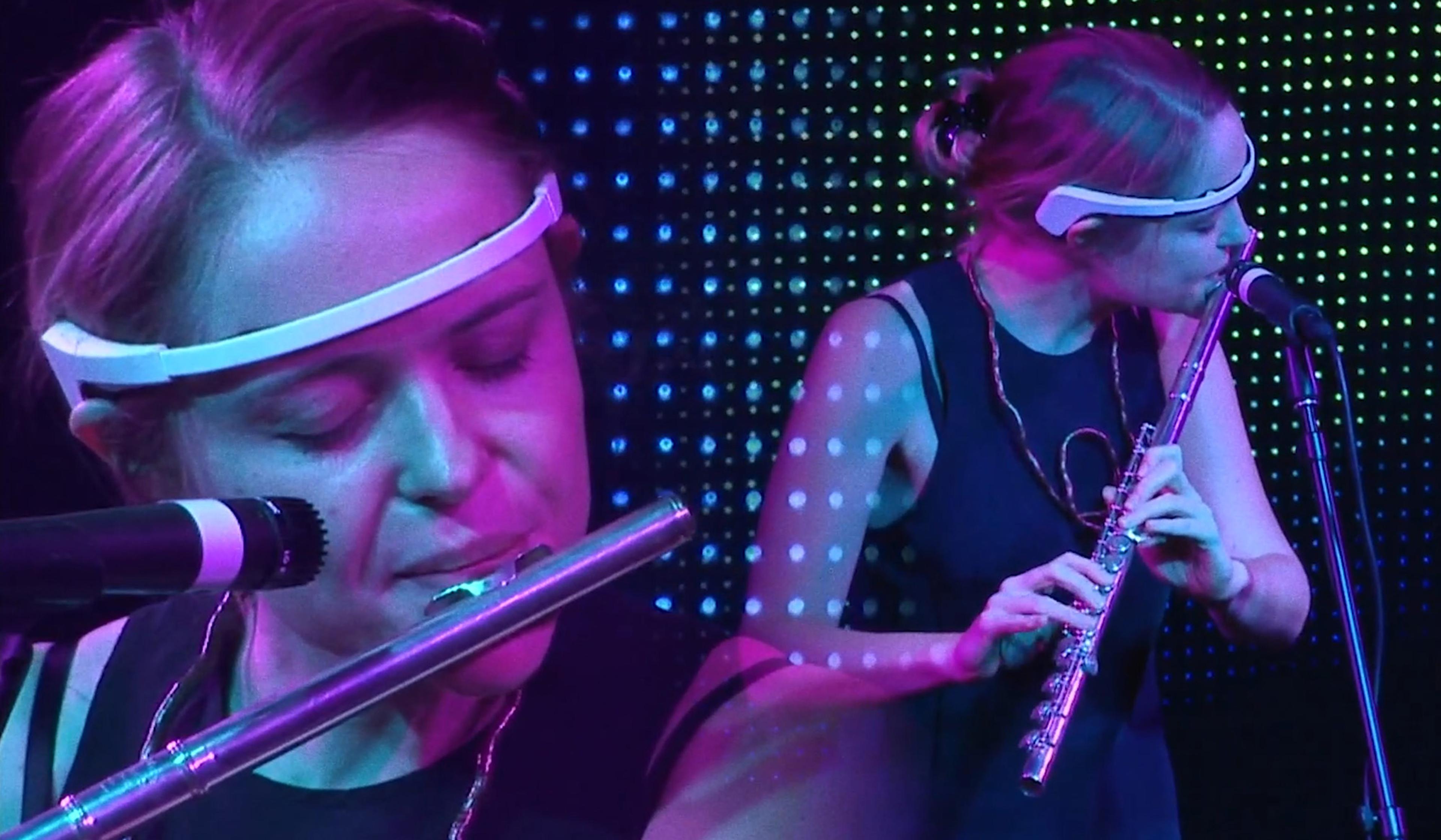As a biomedical engineer and a practitioner of the Indian classical dance form bharatanatyam, Shriya Srinivasan understands the value of being able to sense the world around you with your entire body. Working at the Massachusetts Institute of Technology (MIT), Srinivasan has been part of a team dedicated to creating the next generation of prosthetics limbs, which owners use not only to move, but also to receive sensory feedback. With these emerging surgically attached robotic protheses and exoskeletons, which integrate the signals of muscle tissues and electrodes, Srinivasan and her fellow researchers aim to help those with amputations or paralysis to feel more fully.
What it’s like to wear a prosthetic that ‘feels’
Video by the Massachusetts Institute of Technology (MIT)
Director: Jason Kimball

videoEngineering
Could this development in biomimetic robotics change terrestrial transport?
3 minutes

videoMusic
Can biofeedback help to unlock the mysteries of music’s therapeutic effects?
6 minutes

videoPleasure and pain
Interactive biofeedback sensors may be the future of treating chronic pain
4 minutes

videoTechnology and the self
A filmmaker finds a tactile beauty in the creation of her prosthetic leg
11 minutes

videoDance and theatre
A ballerina dances with the geometry of her own movements
3 minutes

videoAutomation and robotics
Human as a process: What awaits us in the coming age of bio-enhancement?
3 minutes

videoIllness and disease
A woman embraces cryonics as she challenges the limitations of her mind and body
4 minutes

videoAutomation and robotics
Uncanny! Is this humanoid robot a curiosity, or a preview of a post-human world?
14 minutes

videoCognition and intelligence
Leaping from firing neurons to human behaviour is tempting, but it’s a perilous gap
3 minutes